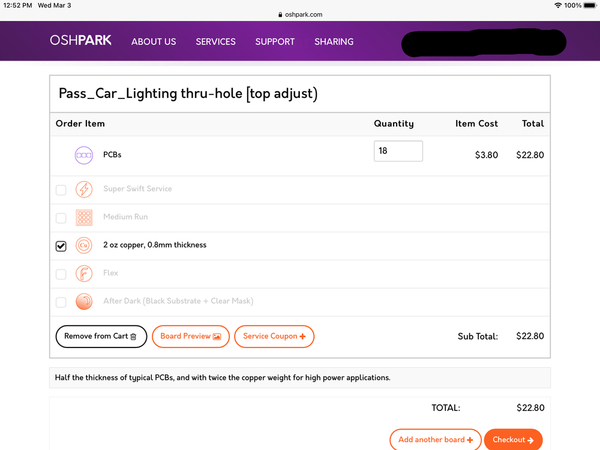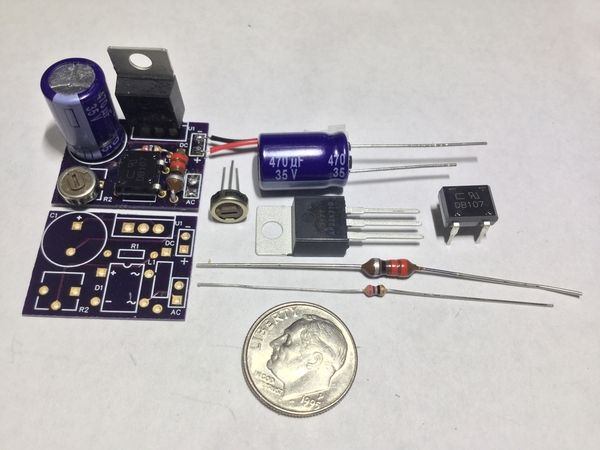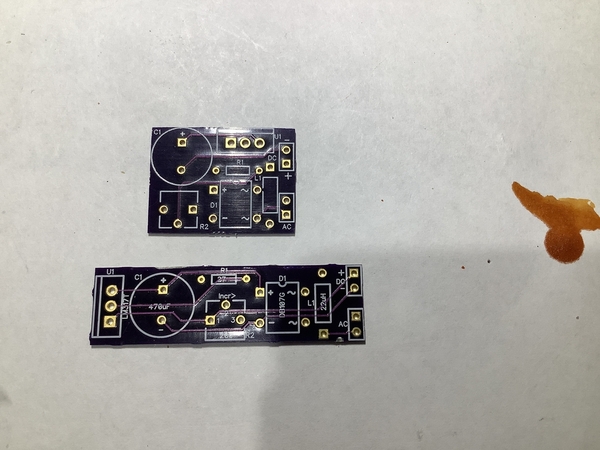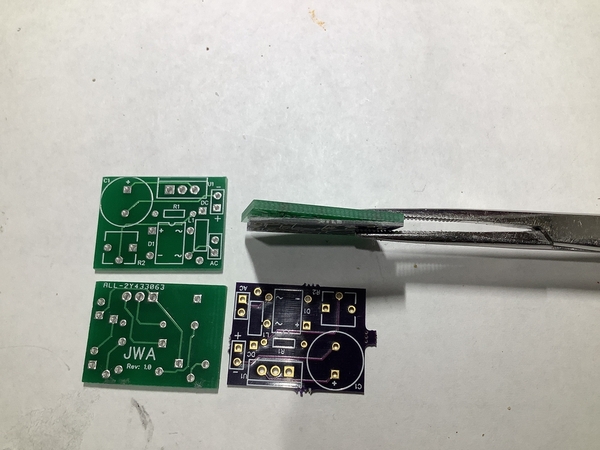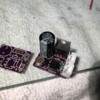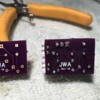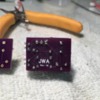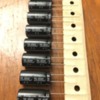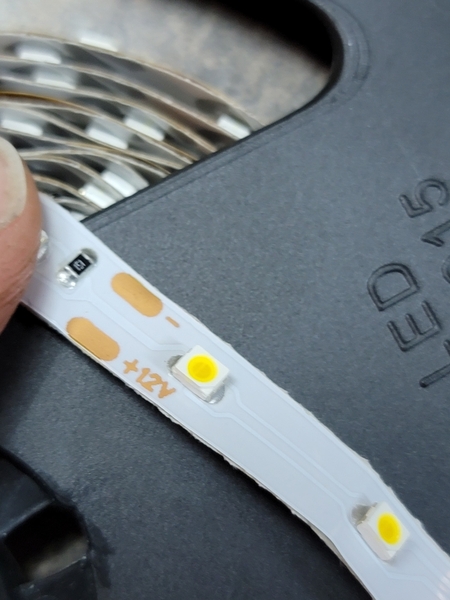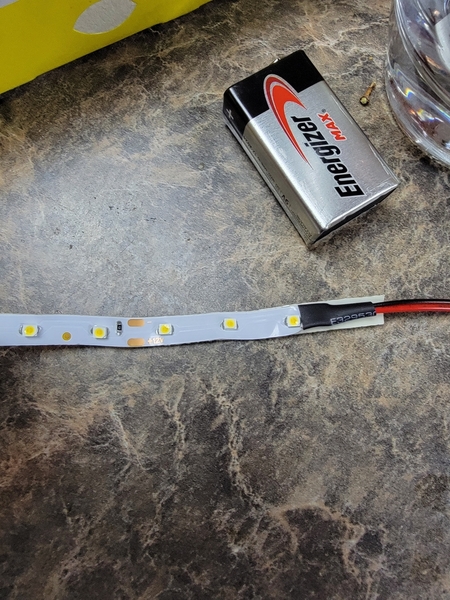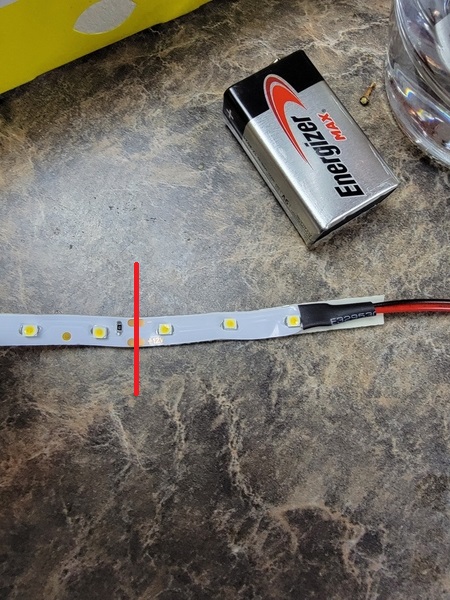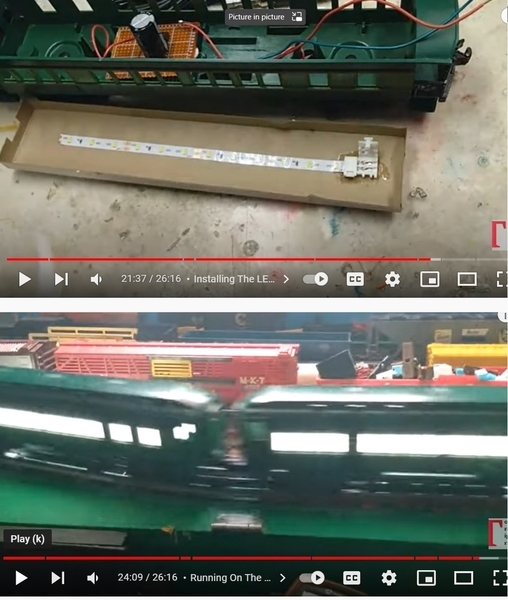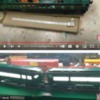A question about the 470uF capacitor recommended in GRJ's circuit.
I have been greatly helped by contributors to this thread and thank them for my being able to convert 8 passenger cars to LED's. So far each PCB I have built has worked well. There is some minor flicker at very slow speeds over some of my older switches, but vastly better than the old incandescent bulbs.
I just acquired 2 new passenger cars (Lionel 1927620) that are already equipped with flicker-free LED lighting. I have noted that on track power-up, these cars take several seconds to reach full brightness and on power-off, they decay very slowly, perhaps over 3 full seconds. Is that due to a different capacitor or some other function?
I still have 7 more Polar Express cars to convert and if I can do a simple upgrade on the capacitor, I would do that to get the longer decay time. Of course, it would have to be the same pin spacing to fit GRJ's board and not be too much bigger.
Thanks for all the expertise freely shared on this Forum!
Bob
![]()












